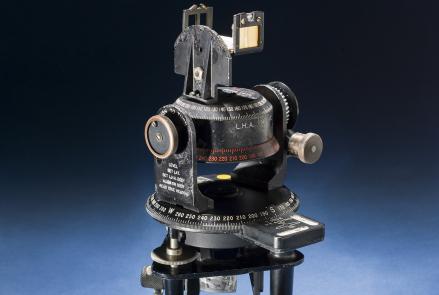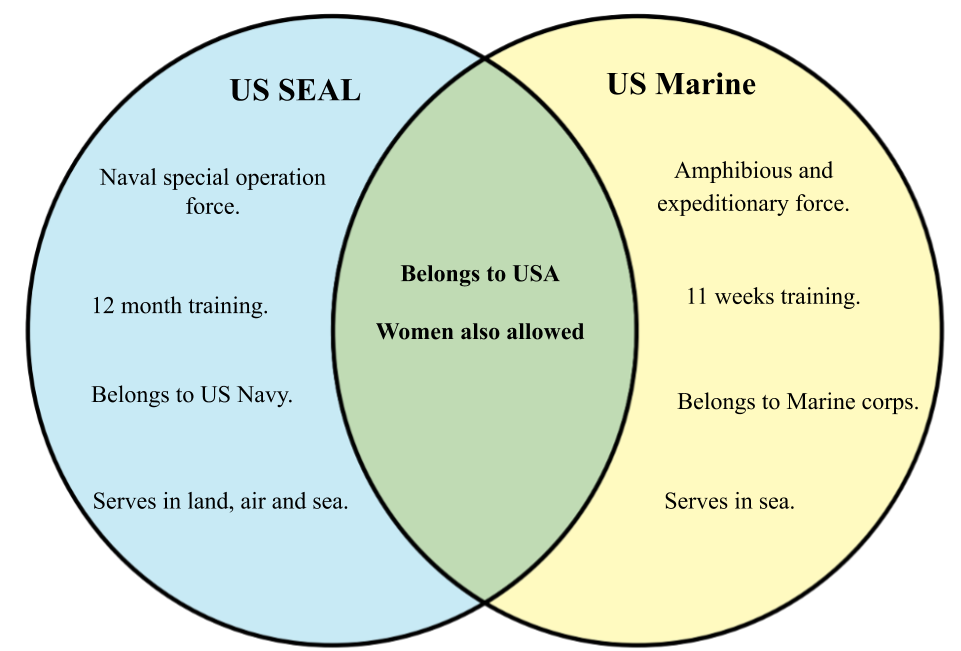


Navigational aids are a crucial piece of equipment used for assisting the safe and efficient landing of aircraft which need to locate their landing zone accurately during low light hours and avoid high risk/dangerous during their approach. We can provide a whole package of tools to assist airports with aerodrome safeguarding, the design and preparation of instrument approach procedures, studies for the definition of equipment specification, system design - complemented where necessary by sophisticated computer modelling techniques for surveying and selecting sites for navaids and the protection of ILS sensitive areas.

TACANs are used primarily by the Navy (but are used for civil applications) and are a modern adaption of the VOR (and deliver the same functionality). DVORs are specifically used during low/poor visibility conditions. VORs similarly enable the aircraft to determine its position from the destination using omni-directional signals from the VOR system. NDBs are ground-based transmitters that support and aid aircraft throughout their approach by providing the direction to the airport from their current position on their flight deck equipment.

DME systems utilise ultra-high frequencies (UHF) to receive and send signals to and from the aircraft, enabling it to calculate its flight position and determine a time-to-station value based on the time it takes for the aircraft’s DME transceiver to receive a response from the DME station. Their function is critical during periods of low/poor visibility. ILS systems focus on ensuring a smooth and safe landing for all aircraft by offering accurate horizontal and vertical support during their approach and landing. The various forms of Navaids all work in different ways to deliver the same result. Larger commercial airports will be required to operate during night-time hours and, therefore, are obliged to be sufficiently equipped with navigational aids to support take-offs, landings and manoeuvres. Smaller airports (in size and level of air traffic) may only operate during daylight hours meaning they require less additional guidance and support and may only need typical runway markings and airfield lighting. Navigational Aids for Airport Applicationsĭifferent airports operate under different conditions.
#THE DIFFERENCE BETWEEN NAVAL NAVIGATION AND AIR NAVIGATION INSTALL#
It can be in the form of Instrument Landing Systems (ILS), Distance Measuring Equipment (DME), Non-Directional Beacon (NDB) or Doppler VHF Omnidirectional Range (DVOR).Īs a leading airport systems integrator, we supply install and commission ground-based navaids from the world's leading manufacturers of these safety-critical systems, including CAT Ӏ, CAT ӀӀ and CAT ӀӀӀ instrument landing system, DVORs, distance measuring equipment and NDBs worldwide. Navigational Aids are a form of marker, signal or device that aids an aircraft by guiding and navigating it to its destination. Systems Interface is a world-leading ground-based navigational aids integrator.


 0 kommentar(er)
0 kommentar(er)
